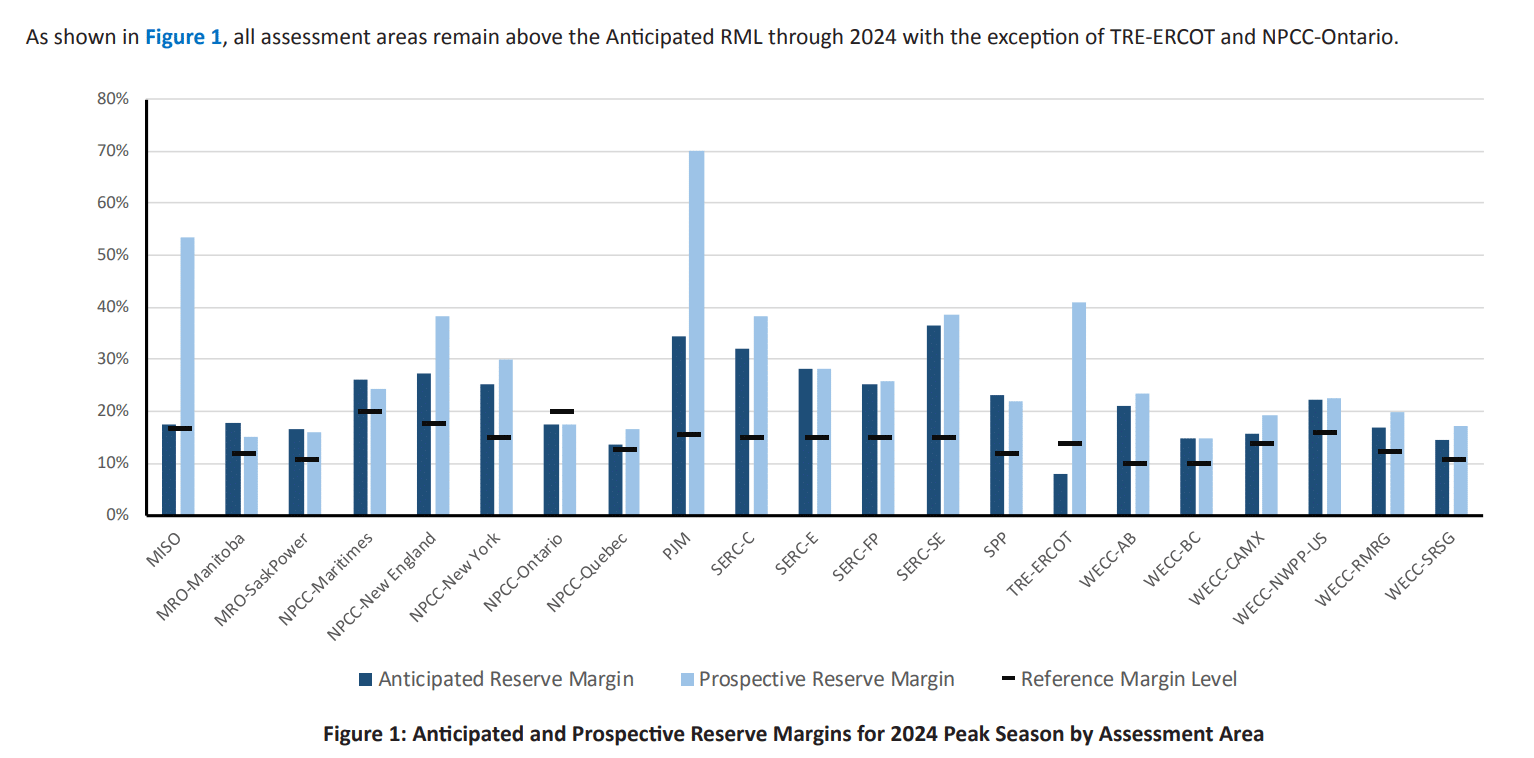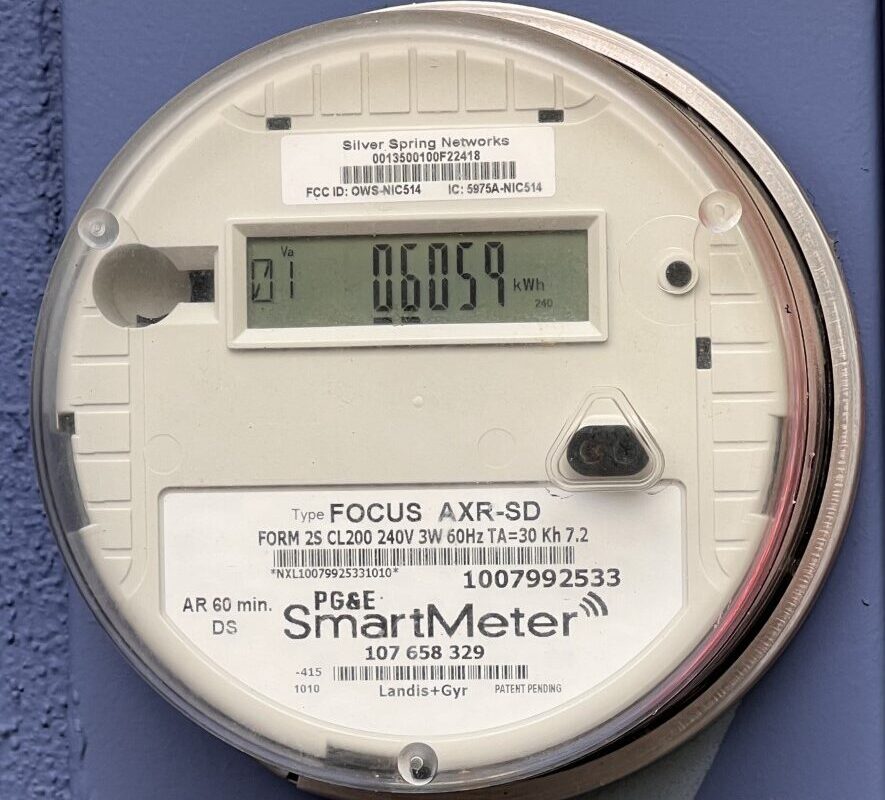The Federal Energy Regulatory Commission (FERC) has ruled that the PJM Interconnection region must implement a “Minimum Offer Price Rule” (MOPR) to support existing fossil capacity in the face of state-level incentives for utility scale renewable energy.
This MOPR will create a price floor – estimated at 4¢/kWh – that all electricity generation resources must hit a price minimum that cancels out the effects of state level renewable energy programs.
Key wording, noted in the official ruling;
The decision by certain states to support less economic or uneconomic resources in this manner cannot be permitted to prevent the new entry or continued operation of more economic generating capacity in the federally-regulated multi-state wholesale capacity market.
The board is made up of three members, two of which were recently appointed by the current Presidential administration. Member Rich Glick has come out strongly against the ruling in his official dissenting statement, calling the action a “bailout”. Glick has suggested that, “FERC does not have this authority. FERC has the responsibility to attempt to accommodate state decisions, not overturn them.”
Glick puts the costs of the ruling at, conservatively, 4¢ per kWh — totaling $2.4 billion a year, with increases over time and broader non-direct costs.
The approximately 5 GW of currently installed wind and solar in the PJM Interconnection region will be exempted from the ruling, however, the 38 GW of capacity in the queues would most certainly be affected. The filing states they do not yet have a specific value to determine what the exact value of incentives are, and what the MOPR must be, and it dictates to the region to determine this value and implement rules within 90 days.
It has been suggested by industry observers that at least two states, Maryland and Illinois, might remove themselves from the capacity markets quickly – and that this ruling, if fully implemented, might lead to the end of the capacity markets.

The North American Electric Reliability Corporation’s 2019 Long-Term Reliability Assessment suggests that the PJM Interconnection region has one of the highest anticipated reserve margins of greater than 30%, with a perspective reserve margin of 70% – well above all other North American regions considered as noted in the above image.
This action is a continuation of the current Presidential administration’s moves to support coal explicitly, and fossils in general, via governmental agencies. The Department of Energy – then run by Rick Perry – initiated a power grid study to determine if intermittent sources of electricity and their incentives were destabilizing the power grid. The report, first leaked before allowing political edits, suggested that the grid was more stable than ever and that the majority of baseload coal and nuclear plants retirements were driven more by natural gas and changing demand than renewables.

The above image is of then Secretary Rick Perry hugging bankrupt coal magnate Bob Murray at March 2017 meeting. The picture’s release led to the photographer being fired, but also showed us an action plan that Murray submitted to the administration to give his industry financial support.
That includes “replacing members of the Federal Energy Regulatory Commission, according to the Associated Press and others who viewed the plan
This content is protected by copyright and may not be reused. If you want to cooperate with us and would like to reuse some of our content, please contact: editors@pv-magazine.com.








What is a “capacity market” referred to in the article?
“It has been suggested by industry observers that at least two states, Maryland and Illinois, might remove themselves from the capacity markets quickly – and that this ruling, if fully implemented, might lead to the end of the capacity markets.”
Glick says ferc does not have the authority to implement such a scheme. Somebody has to step up and sue ferc.
The ruling does not specifically apply to renewable versus fossil resources, rather specific generating units that are receiving state level subsidies. It also applies to the coal units that were subsidized by the Ohio legislature. The capacity market is the mechanism by which generating units bid the capability of the generator to produce power in peak situations. The high reserve margin found in PJM is a function of the market design and modeling assumptions made, not the specific subsidies. The FERC ruling will not change the overall reserve margins.
It makes me SICK that our government is doing everything in it’s power to kill renewables. Do Republicans have a secret hidden planet somewhere, enabling them to leave Earth to escape the consequences of climate change? Do they enjoy being dependent on oil from the middle-east, where many of the countries HATE US? And even if we had awesome relationships with the middle-eastern countries, the problem with fossil fuels remains – that one day we will run out of fossil fuels. And everything from vaseline to tires requires petroleum. We ought to be saving as much petroleum as possible.
So much for a free market! More welfare for fossil fuels. The corporate welfare queens have consistently been exploding our national debt, taking advantage of our people, poisoning our lands and leading their toxins for us to clean up. Time for a carbon tax, a pollution tax, and require these corporations to create a solvent contingency fund for clean up in case of a spill or accident, and a tax to fund super fund site clean up their industries created. If they don’t want to take personal, corporate responsibility, take it out of their hands.
everything that generates electricity now gets a subsidy ………..